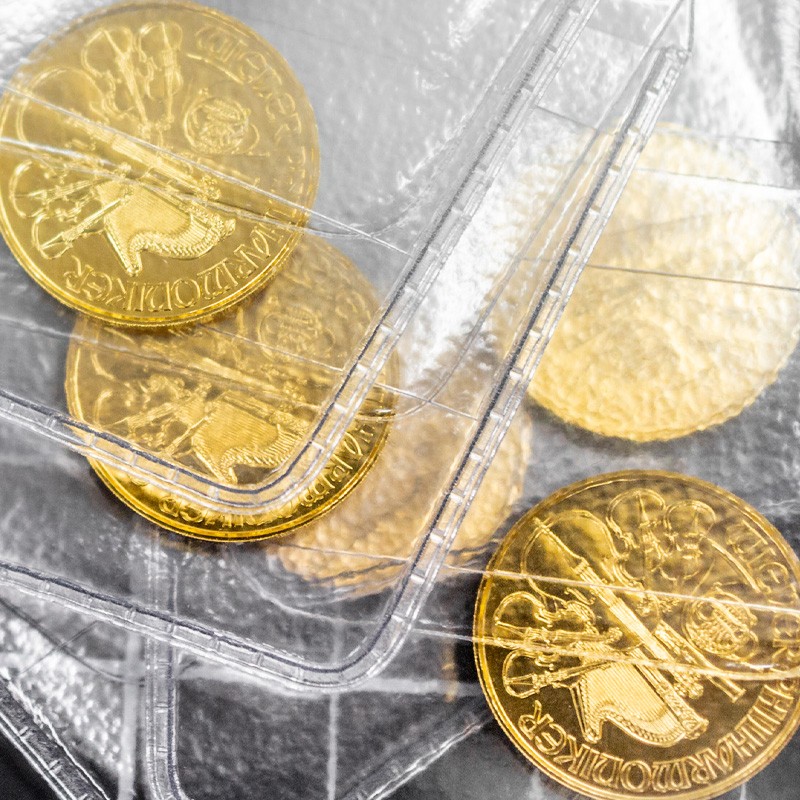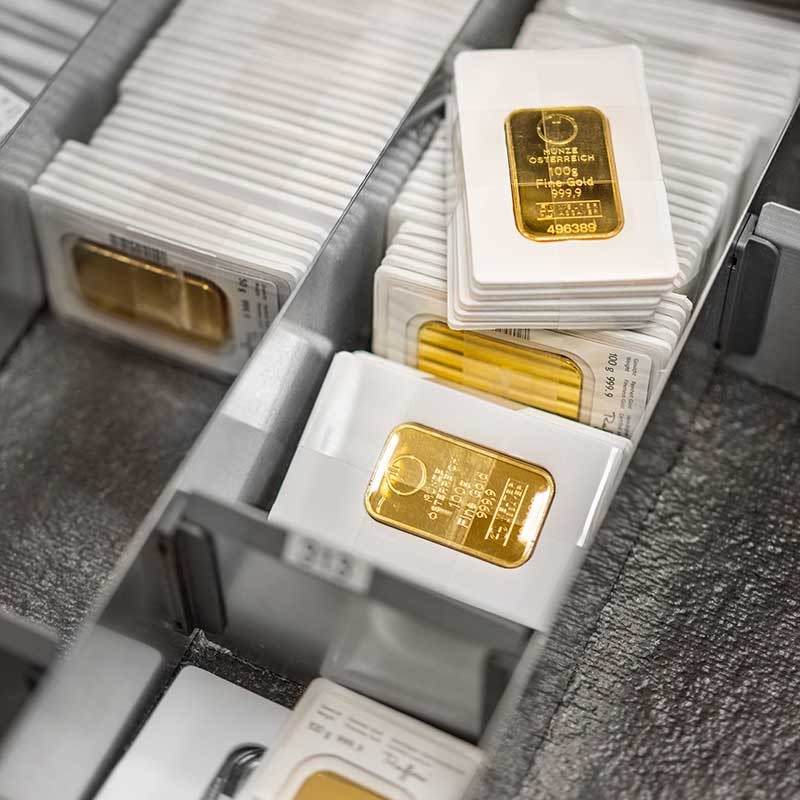Whenever the subject of gold as an investment is discussed, it immediately becomes apparent that this is a highly emotional issue.
Whenever the subject of gold as an investment is discussed, it immediately becomes apparent that this is a highly emotional issue. There appear to be two schools of thought: gold fanatics and gold haters. However, many of the arguments put forward by either side are based on misunderstandings and dyed-in-the-wool myths that are enumerated and analysed below.
Investments in gold are obviously not the same as holdings in so-called productive capital. Unlike shares, gold does not generate added value through dividends or interest. However, as co-owners, shareholders take on a business risk and, if the worst comes to the worst, they stand to lose the entirety of their capital. There is no such risk when investing in gold.
Although investments in fixed-interest securities such as bonds have a reputation for being relatively safe and still yielding a return, certain risks must be taken into account with such investments. For example, there is a not insignificant risk of interest rate changes, which can cause the price to fluctuate significantly during the term of the security. The longer the remaining term of a bond, the higher the risk of loss. This risk materialises if the bond has to be sold prematurely. If the bond is held until maturity in times of unexpectedly high inflation, the nominal value of the bond will be received, but its purchasing power will have fallen, sometimes significantly, as a result of the unexpectedly high inflation. In addition, the risk of default due to the debtor’s insolvency is often neglected in the case of bonds.

Owning physical gold in the form of coins or bars, on the other hand, means pure ownership. It is not a claim against a third party, as is the case with shares or bonds. Physical gold therefore has no counterparty risk. Physical gold carries no entrepreneurial risk and can never become worthless. This is also the economic explanation for why physical gold does not generate any ongoing profits such as dividends or interest.
The fact that gold does not pay interest can therefore also be seen as a sign of quality. Analogous to bonds, it can be argued that only issuers with poor credit ratings (have to) pay high interest rates. Gold, which does not pay interest, is therefore an issuer of the highest creditworthiness and reliability. The stable value of gold is also due to the fact that the existing quantity of gold cannot be expanded in an inflationary manner over a short period of time. The amount of gold in existence is currently growing at rate of roughly 1.7 per per year.
This is why gold retains its purchasing power for many centuries. Today, the price of an ounce of gold (31.1 grams) is roughly equivalent to the price of a high-quality bespoke suit. In ancient Rome, an ounce of gold would buy the equivalent – a high-quality toga. This is a very clear example of the extremely long-term stability of the value of gold.

Gold is an excellent hedge against structural economic crises such as hyperinflation, debt crises or currency crises.
It is generally recommended to invest 5 to 10 per cent of one’s assets in gold.